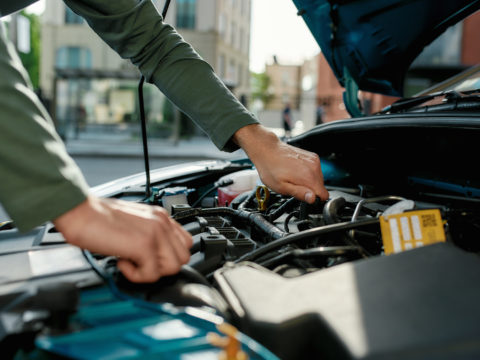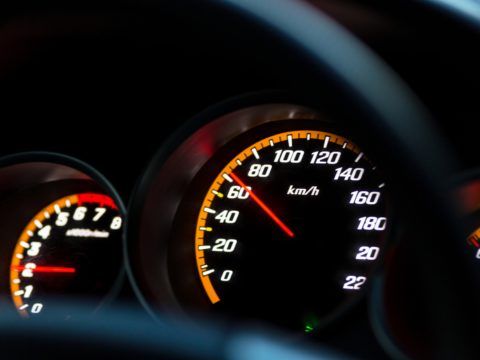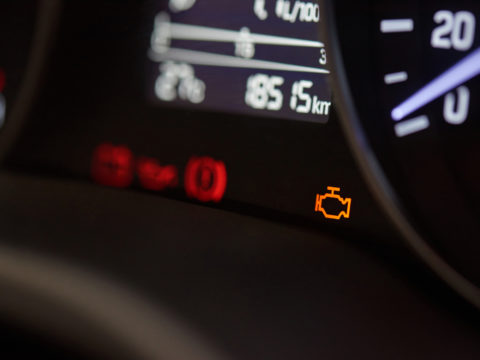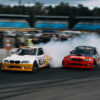Your car’s engine has a lot of moving parts. That means there are many chances for things to go wrong. Among the worst things that can go wrong is when you face a seized engine. More than likely, you’ll face extensive repairs or engine replacement.
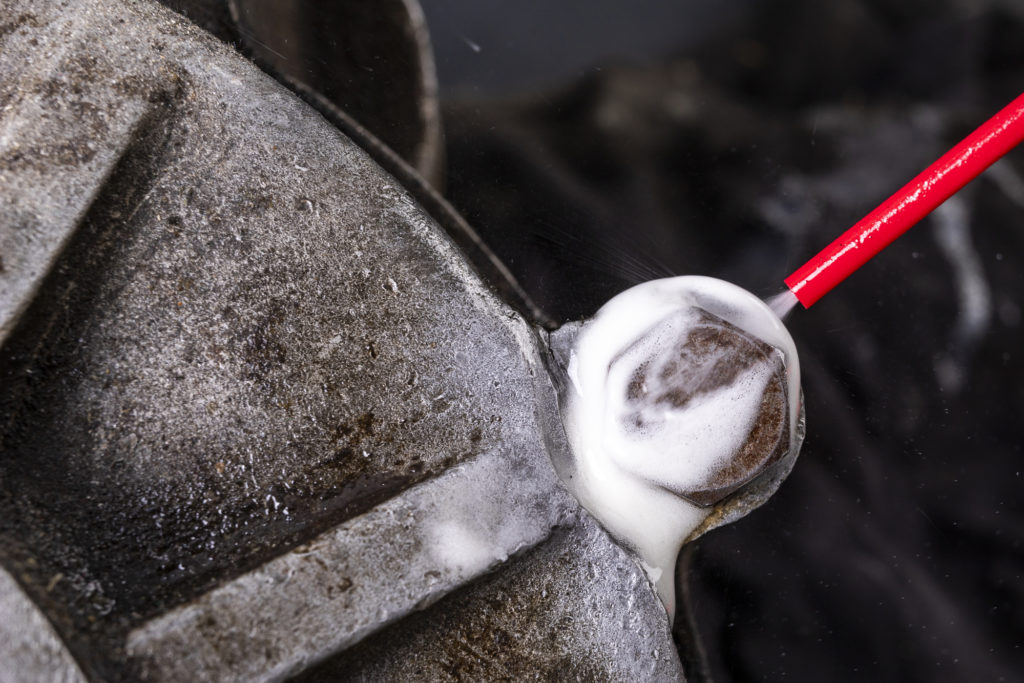
Contents
What Does a Seized Engine Mean?
A seized engine has reached the point where the moving parts inside it can no longer move. Once your engine seizes, you won’t be driving that car anymore until some serious repair work is done, and even that’s not a guarantee that you won’t have to replace your engine entirely.
No matter the cause, when your engine seizes, you’re experiencing among the most serious of automotive problems you can imagine. Sure, when you get a flat tire, you need to fix it, but in an emergency, you could conceivably drive a little bit on three good tires and a flat.
But when your engine seizes, there’s no backup. A seized engine can’t move the pistons up and down to complete the combustion process that propels your car forward, so this is the very last kind of car trouble you want to have.
How an Engine Gets Seized
The most common way for an engine to seize is to overheat to the point that the metal parts fuse. Most of us know at least one person who ignored the oil light when it appeared on the dash, and the end of his story usually mentions needing to buy a new car.
Crankshaft issues can also cause the engine to seize, but a crankshaft breaking isn’t quite as common as issues related to extreme overheating.
What Causes Seized Engine?
Several things can cause an engine to seize, from low fluids to the presence of the wrong kind of fluids. One way to prevent any of these causes is regular inspection and maintenance of your vehicle. You invested at least some money in it, and you depend on it, so it behooves you to take care of it so you can prevent a seized engine.
Rust
If your vehicle sits idle for long periods, rust can develop in the cylinders and on the pistons. If you’ve ever tried to unscrew a rusted bolt, you can imagine the kind of problem such rusty parts can face.
Rust happens when metal oxidizes, and that oxidation occurs when it experiences prolonged exposure to moisture and oxygen. Air won’t rust your engine to seizing, but there’s moisture in the air. When you drive your car regularly, you don’t have moisture collecting from the air and coming to rest on your engine’s metal.
When you don’t operate your vehicle for a long time, the moisture collects. When enough rust has eaten into the metal of your engine, the parts won’t be fused, but they might as well be.
Low Oil Levels
Running the engine without enough oil will cause severe damage to your motor within a matter of minutes. Your oil could be low for several reasons, and it may not be that the oil is low, but rather that it’s there in the engine but not circulating properly. If any of these conditions are present, you’ve got a recipe for real problems:
- Little or no oil in the oil pan
- Some blockage in the system prevents oil from circulating properly
- Your oil pump stops working
The high levels of heat in the engine come partly from friction and partly from the burning of gasoline, so the oil helps ease that friction.
Too much of it will heat the engine parts enough to damage them or fuse them. Once your pistons and cylinders have become one piece of metal, all is lost.
Low Oil Quality
You might be well served with your store-brand aspirin or no-name jeans you wear to work in the garage. But some things we purchase need to be the real deal and of good quality. Motor oil is one of those things. Don’t skimp. Cheap oil won’t last as long, and as it loses its viscosity, it loses its lubricating qualities.
Also, be sure to use the right oil for your car. Some specify weight, and some require specific formulations. If yours is a pre-owned car, find out what oil it’s been getting. With a new car, consult the manual. Using the wrong oil can do damage, too. Even if it’s not as bad as a seized engine, it’s still a form of damage.
Broken Timing Chain
Not only will your engine not function if your timing chain snaps, but when it breaks, it can cause damage to the pistons and other moving parts. Because of the piston’s up-and-down motion, and because that motion happens in a very restricted space (the cylinder), any misalignment can quickly become a problem.
If your timing chain (or belt) breaks and careens off a piston or two, there’s an excellent chance the resulting damage will prohibit the piston from moving correctly through its prescribed path, at which point, you’ve got a seized engine.
Water Damage
We often take a gamble and drive through high water, but this can be the root of many problems. If you get to a point where you’re taking large amounts of water into your engine, you are, for one thing, making it that much easier for the rust we already mentioned to get a foothold, but for another, water is powerful. It can move things around in your engine.
We all know we’re not supposed to drive into moving water because it can sweep us away. If high water can move your entire car with its force, doesn’t it make sense that it could push some things around in your engine?
Pistons can easily get bent this way, and we’ve already talked about the problems that issue can cause. There are also valves and other moving parts that can take damage from high water, and those things can cause engine seizure, as well.
Worn-out Engine Parts
If your crankshaft bearings, the crankshaft itself, the pistons, or their rings, among others, wear out or outright break, you’ll have an engine seizure that doesn’t have anything to do with rust or low oil.
Like with the tires example above, there are parts of your engine that you can get by without for a short period—like long enough to get it to the shop. But when your crankshaft stops working because it broke or the bearings went out, your engine won’t work anymore.
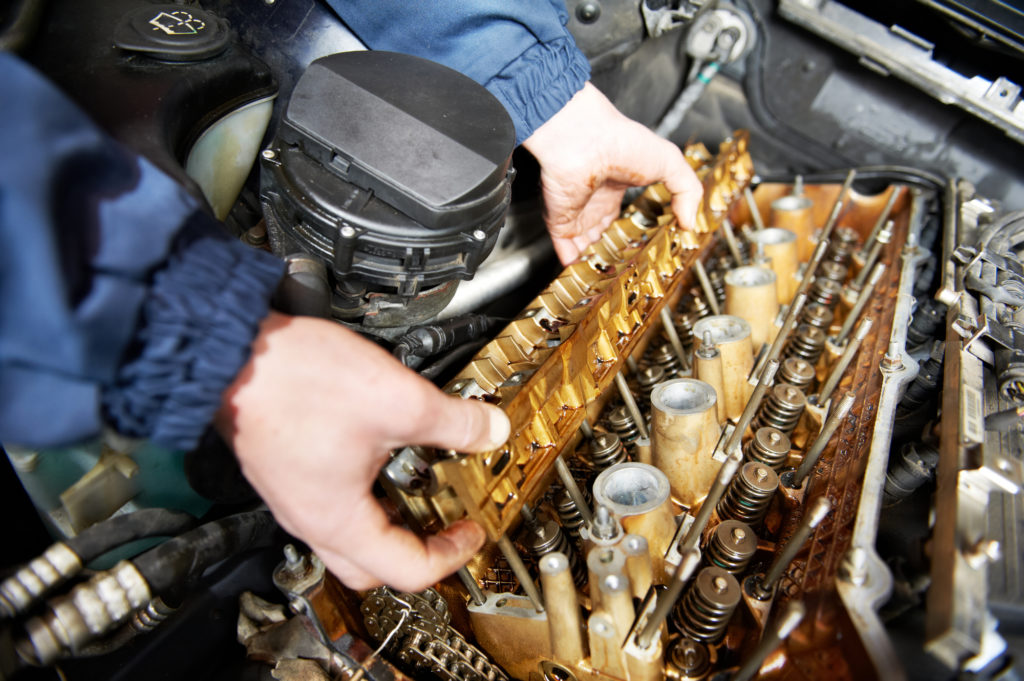
Symptoms of a Seized Engine
Like most maladies, there will be signs pointing to the seizure of your engine. You’ll most likely get a heads-up before it happens as your automobile tries to tell you. But the symptoms of a seized engine—like after it has seized up completely—will be fairly unmistakable.
Dashboard Lights
We all know someone who has said something like, “The ‘Check Engine’ light came on, but my food was getting cold, so I drove all the way home.” Can you think of a time when that story ended with a faulty light that came on by mistake?
When your dashboard lights tell you something, pay attention to them. The Check Oil light and Check Engine light mean that you need to check your oil or engine. They are symptoms that something is wrong, and if you can address it early, you likely can head off catastrophic problems.
Knocking Sounds
If you don’t know the difference between the knock your engine sometimes makes due to low-octane gasoline or bad timing and the knock caused by a piston rod hitting your crankshaft, you’ll understand when you hear it.
So the piston rod shouldn’t be hitting the crankshaft at all. If you hear this easily identifiable knock, something is out of line, and if it’s allowed to get worse, your engine will seize. We’ve already spent quite a few words on the importance of piston and cylinder being perfectly aligned. Knocking means they’re not.
Low Oil
You always check the dipstick whenever you fill the gas tank, right? If you notice that you need to top off low oil levels more and more often and you don’t have a leak, this could indicate an impending engine seizure.
With too much friction in the engine, the car may be burning up lots of oil as it tries to keep the overheating parts lubricated.
Overheating Engine
When your coolant isn’t low (and you know because you’ve checked), but you still deal with your engine overheating, that might be a sign of an impending seizure. When the heat in your engine, as we know, gets too high, metal can start to get compromised, so continued overheating can cause a seizure.
However, continued overheating can also result from your engine parts’ misalignment. We also know that can lead to engine seizure as the parts get worse and worse out of line.
Power Loss
As your engine gets closer to seizing up while you’re still driving it, you may notice a decrease in power. Punching it won’t do much, and you may find yourself slowing down as if the car has made its own decision that you’re going too fast.
Once you’ve gotten to this point, having ignored the previous warnings (that, admittedly, your car won’t always give), you’re well on your way to engine seizure and failure. If you’ve got the knocking already and the power loss starts, get off the road immediately and shut off the engine, the idea being that you do as little as possible to damage the engine further.
Nothing
As in, nothing happens when you turn the key. Once your engine has seized, it won’t, by definition, turn over or do anything. You’ll know it’s not a dead battery because everything else in the car will work. The radio will play, the overhead light will come on when you open the door, but all you get with the turn of a key is a thud if you get anything at all.
Once the metal has essentially melted together or rusted into one hunk of steel, the individual parts can’t get impelled by the crankshaft. A broken crankshaft can’t do anything to the moving parts even if they’re in pristine condition.
Can You Fix a Seized Engine?
Hate to put it this way, but that depends. If you find that it’s a rust problem that hasn’t gotten too out of hand, you can get in there, remove the rust, and get things going again. If it’s a crankshaft problem, well, those are replaceable.
But if you’re dealing with an I-didn’t-think-the-check-oil-light-was-a-big-deal kind of engine seizure, then no, you really can’t fix it. Conceivably, you could work really hard at prying things apart and reassembling them, but you’ll be better off with a rebuild (if it’s possible), a replacement engine, or a different vehicle altogether.
When Is a Seized Engine Beyond Repair?
When the engine block itself is damaged, you’re at the end of the line. When we talk about pistons and cylinders fusing or getting out of whack to the point they can’t move anymore, we’re talking about devastating problems for the engine block. The analog here is your television. The remote might run out of batteries, but once the screen breaks, there’s not much you can do.

